Must-Know Tips for Flying with Pets
August 26 is National Dog Day. Colleen Paige, dog-lover and pet advocate, started the holiday in 2004. Colleen and other dog parents know that pets, especially dogs, make great travel companions. Like all family trips, traveling with a dog takes planning. Delta Airlines took a step to make pet travel safer by no longer allowing animals to be shipped as “checked luggage” as of March 1, 2016. On Delta flights, animals of appropriate sizes can either accompany owners in the cabin or be shipped as Delta Cargo. As a Delta Cargo live animal, Delta states that trained ground personnel monitor the pet’s trip, transport the animal from terminals or planes in temperature-controlled vans (this doesn’t happen with luggage), and if overnights are required, the animal will be housed in a professional kennel that will feed and walk your pet.
Here are some tips on how to keep your dog, and cat, safe when flying.
Pets and Jets
Unless your dog or cat is small enough to fit in a carrier that can be placed under your airline seat, do not fly with your four-pawed friend. The total weight of your animal buddy and the kennel must not exceed 25-pounds, for most airlines. That means that larger animals must fly in the cargo hold. Despite being placed in a heat and air temperature controlled area, animals have died or been injured during their flights or while waiting for flights on the ground.
That’s why many animal advocacy groups recommend road trips for pets that cannot be seated near you in the airplane cabin. However, for bigger dogs, pet flight happens because sometimes there’s no other way of getting your animal to the destination. Because airlines limit the number of animals allowed in the cabin, and sometimes in cargo, reserve a space for your pet and be prepared to pay a fee ranging from $75 to $125 per flight. Fees are also required for your dog to fly in the aircraft’s hold.
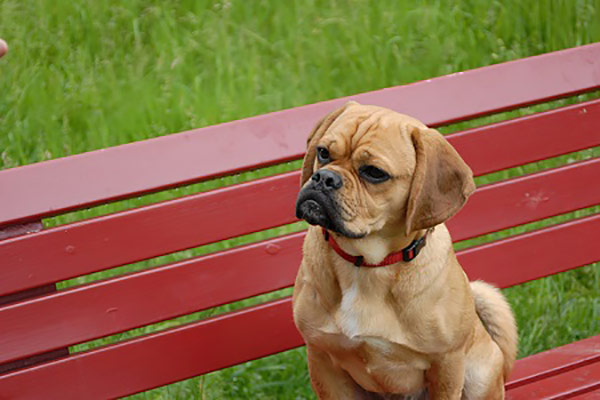
Tips for Pets Flying Without their Owners
• Book a direct flight: This lessens the chance of your dog getting lost or mishandled.
• Obtain a health certificate: Get this from your veterinarian to show that your dog’s vaccinations are up- to-date.
• Use an approved crate: The crate must be large enough so that your dog can stand up and turn around before sitting down. It must also be hard-sided, have proper ventilation, and a door that locks.
• Acclimate your animal to the crate: If your dog isn’t already crate-trained, buy a crate several weeks before the trip along with a comfortable pet pad. Place treats and toys in the crate as well.
• Label the crate properly: Place “Live animal” stickers prominently on the crate as well as fasten to the crate information on the animal’s destination, your contact information, and a photo of your animal.
• Make sure your pet has proper identification: Your pet should wear a collar or a tag with your name and contact information just in case he/she gets loose.
• Consider a GPS bag-tag device: Place one of these either on your pet or in the crate, but be sure that your pet can’t eat or chew the device.
• Have adequate water: Dogs get thirsty and nervous dogs get even thirstier. Bowls of water can tip over, so attach a bottle built to provide dogs with water to the outside of the crate. Also, consider freezing water in a water bowl. Over the course of the flight the ice will melt into water.
• Restrict your pet’s food: Most airlines request that you do not feed your animal for four hours prior to the flight to avoid air sickness.
• Include a food dish and food: Place the empty food dish in the crate. Place a bag of pet food on the top of the outside of the crate where your animal cannot reach. In case of delays, your animal will have food.
• Consult your vet about medications: Many vets do not recommend sedating an animal before a flight. However, your vet knows your pet so discuss the issue with him/her.
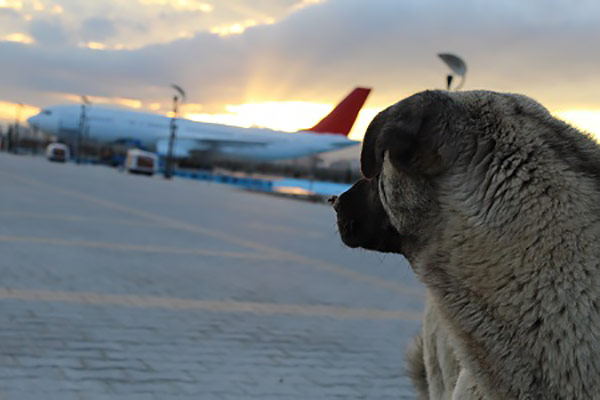

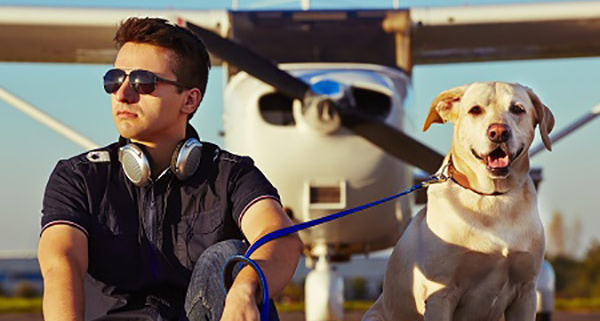
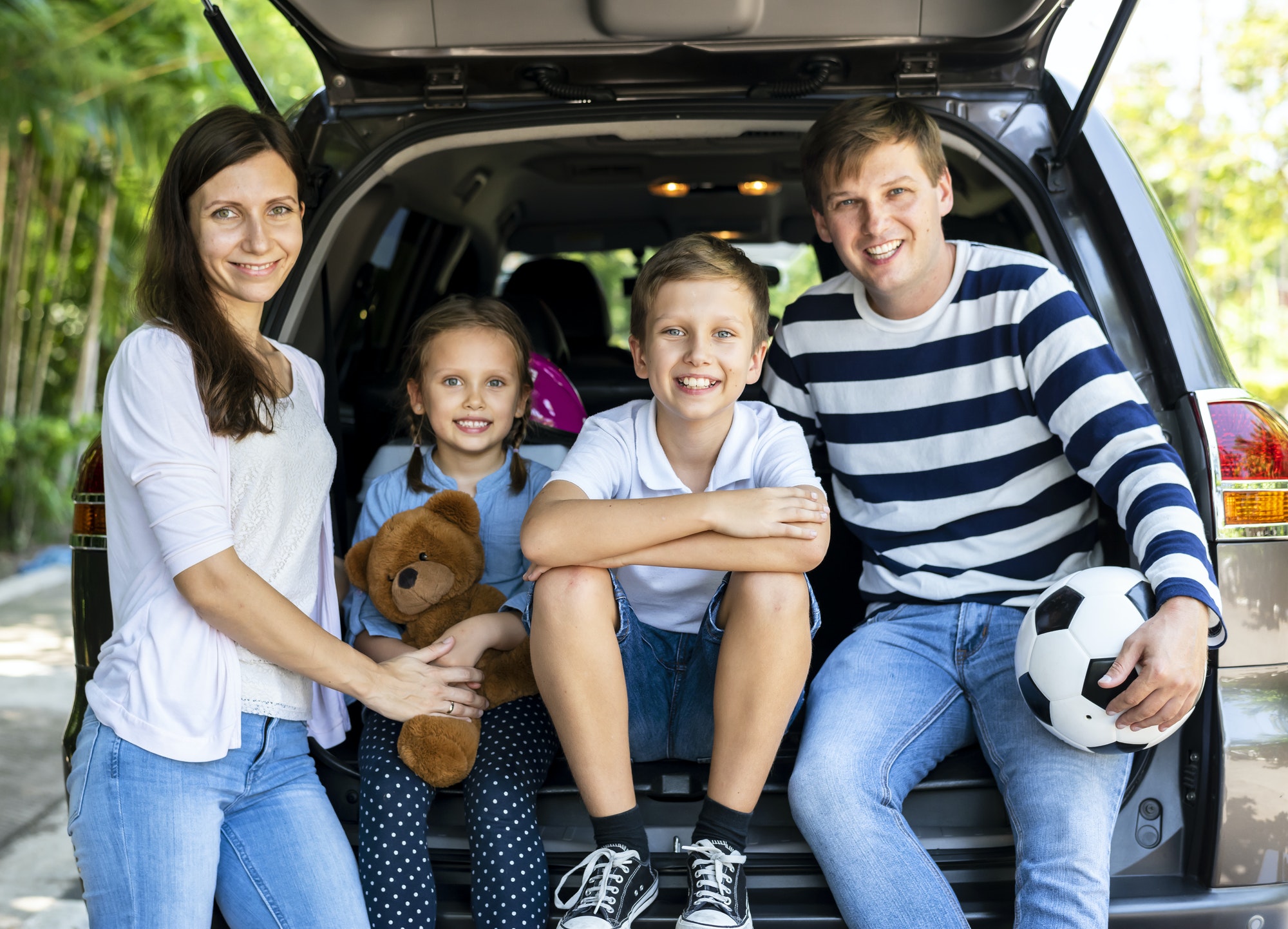 Physician's Money Digest
Physician's Money Digest Physician's Money Digest
Physician's Money Digest Physician's Money Digest
Physician's Money Digest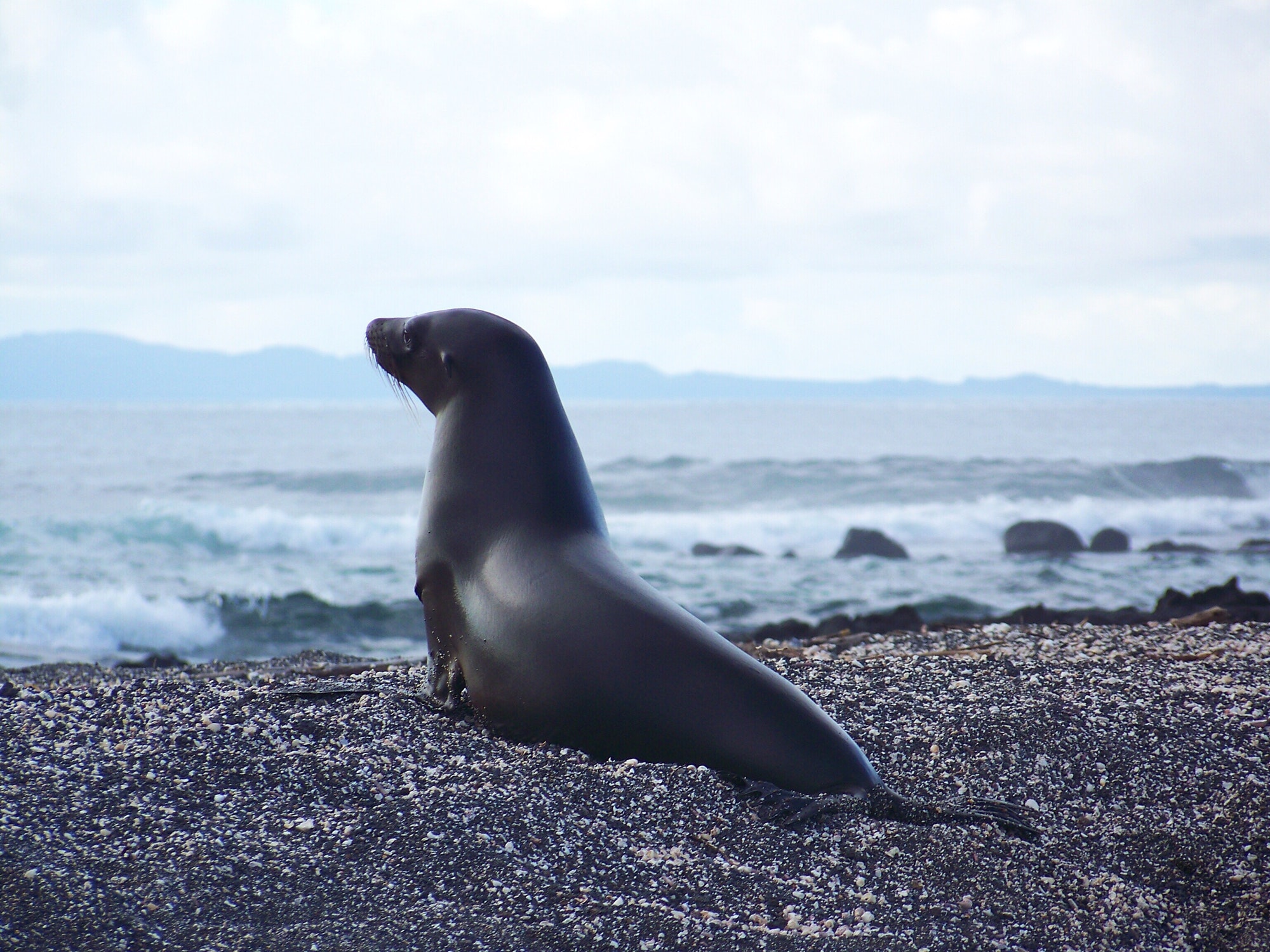 Physician's Money Digest
Physician's Money Digest Physician's Money Digest
Physician's Money Digest Physician's Money Digest
Physician's Money Digest Physician's Money Digest
Physician's Money Digest Dentist's Money Digest
Dentist's Money Digest